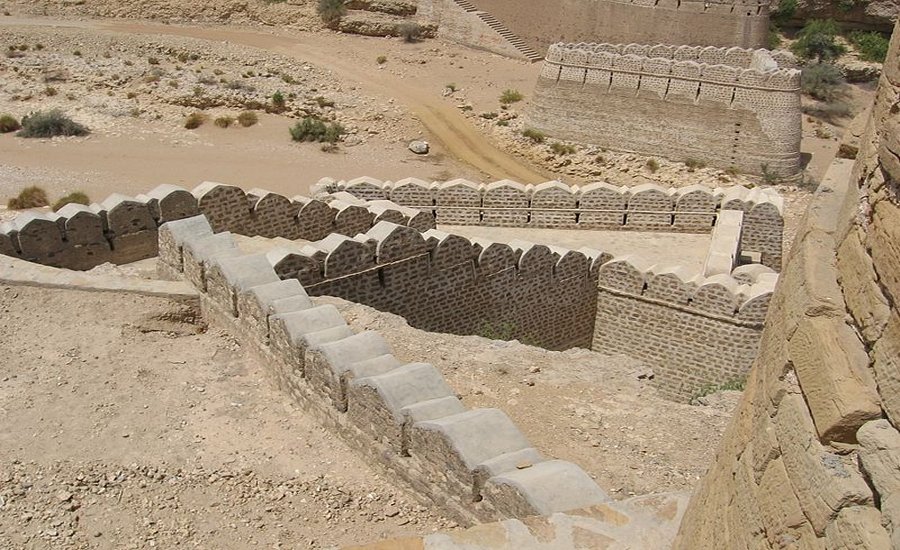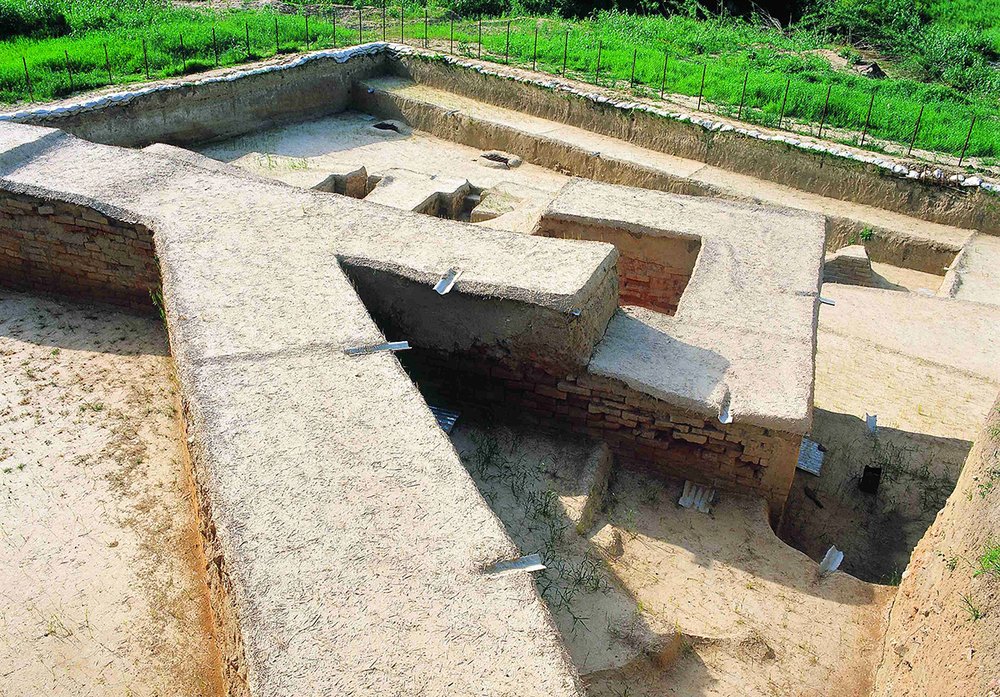A.Sutherland - AncientPages.com - Archaeologists have initiated new surveys to examine sections of the ancient structure known as the Great Wall of Gorgan, located in northern Iran.
Constructed between 420 CE and 530 CE, the Great Wall of Gorgan served as a defense system stretched along with southeastern parts of the Caspian Sea near modern Gorgan in Golestan Province.
The Great Wall of Gorgan was a Sassanian-era (224 to 651 CE) defense system located near modern Gorgan in the Golestan Province of northeastern Iran, at the southeastern corner of the Caspian Sea.
The wall is believed to have protected the Sassanian Empire against military threats in the region. The Sassanian Empire is considered by the Iranian people to be the zenith of their civilization.
The structure is described as one of the most sophisticated frontier walls ever built in the world, and the most important of the Sassanian defense fortifications.
It is 195 km (121 mi) long and 6–10 m (20–33 ft) wide, and features over 30 fortresses spaced at intervals of between 10 and 50 km (6.2 and 31.1 mi).
The wall stretches for almost 200 km and is dotted by a total of 38 forts. It is the longest fort-lined ancient barrier between Central Europe and China. It is also longer than Hadrian’s Wall and the Antonine Wall (the most magnificent structure left by the Romans in Scotland) put together.
According to some archeological sources, the Great Wall of Gorgan is referred to as the Red Snake due to the color of its bricks.
The Great Wall of Gorgan is a unique testimony to the engineering skills and military organization of the Sassanian Empire.
In order to enable construction works, canals had to be dug along the course of the defensive barrier, to provide the water needed for brick production. These canals received their water from supplier canals, which bridged the Gorgan River via qanats, sloping underground channels to transport water from a water well to surface for irrigation and drinking as well.
The building materials consist of mud-brick, fired brick, gypsum, and mortar. Clay was also used during the early Parthian period. Mud-bricks were more popular in the early period in the construction of forts and cities, while fired bricks became popular in the later period.
Sometimes one brick was set in the vertical position, with two horizontal rows of bricks laid above and below. The sizes of mud or fired bricks often vary, but usually, the standard size was 40 × 40 × 10 cm. The fired bricks were made from the local loess soil, and fired in kilns along the line of the Gorgan Wall.
The wall played a crucial role during the country's involvement in a series of wars at its northern frontiers, first against the Hephthalites or White Huns and later against the Turks.
Written by – A. Sutherland - AncientPages.com Senior Staff Writer
Copyright © AncientPages.com All rights reserved. This material may not be published, broadcast, rewritten or redistributed in whole or part without the express written permission of AncientPages.com
Expand for referencesReferences:
Zoroastrian Heritage
Tehran Times








